Many streams and rivers in Alaska are turning bright orange and scientists are still working to figure out exactly what's causing the phenomenon.
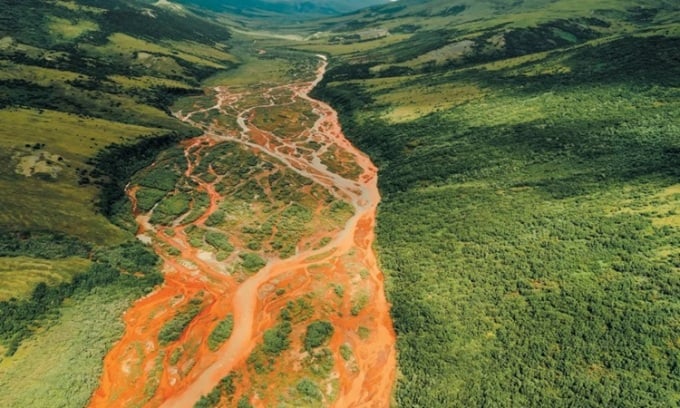
Tukpahlearik Creek in the Brooks Range in southwestern Alaska turns orange. Photo: Taylor Roades
In recent years, scientists have observed streams and rivers turning a vibrant orange in the Alaskan Arctic. The discoloring of the Salmon River, which runs through Kobuk Valley National Park, is particularly concerning, according to the National Park Service. Data shows the river had been pristine until 2019, but that summer, the Salmon River suddenly turned orange and green.
The same thing is happening to streams and rivers across the Brooks Range in Alaska, and it’s likely happening elsewhere in the Arctic, according to Scientific American. Patrick Sullivan, an ecologist at the University of Alaska Anchorage, and his colleagues blame climate change. Their research shows that the Arctic is warming faster than the rest of the world. Rising temperatures are causing the permafrost in the park to thaw. However, the researchers aren’t sure how the thawing soil turns the streams orange. Some experts think that acids from minerals leach iron from the bedrock. When the sediments come into contact with running water and air, they oxidize and turn orange.
Another theory is that the thawing of the permafrost beneath the bog allowed bacteria to oxidize the iron. When groundwater carried the converted iron into an oxygen-rich stream, it was oxidized again, turning the stream orange.
Understanding the causes of the phenomenon is important to understanding the ecological impacts, including the risks to river wildlife and water-dependent communities. Many tributaries of the Wulik River have turned orange, which could impact Kivalina, a village of 444 people that fishes and gets its drinking water from the river.
The U.S. Geological Survey (USGS) is conducting a study examining orange streams and rivers in Alaska and when they turn. The study aims to test several hypotheses about the cause of the phenomenon and its connection to warming weather and thawing soils. USGS experts will also look at the impact on water quality and ecosystems.
An Khang (According to Newsweek )
Source link


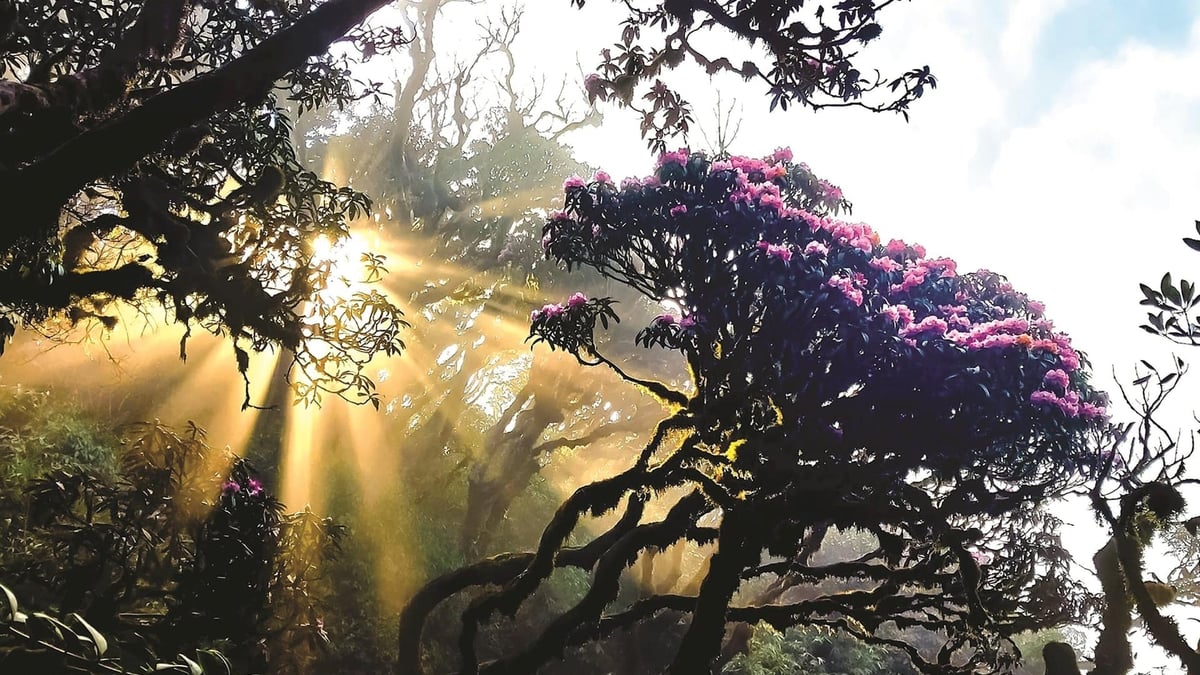
![[Photo] Prime Minister Pham Minh Chinh meets with US business representatives](https://vphoto.vietnam.vn/thumb/1200x675/vietnam/resource/IMAGE/2025/5/13/5bf2bff8977041adab2baf9944e547b5)
![[Photo] President Luong Cuong attends the inauguration of the international container port in Hai Phong](https://vphoto.vietnam.vn/thumb/1200x675/vietnam/resource/IMAGE/2025/5/13/9544c01a03e241fdadb6f9708e1c0b65)





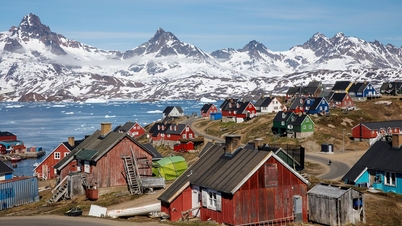






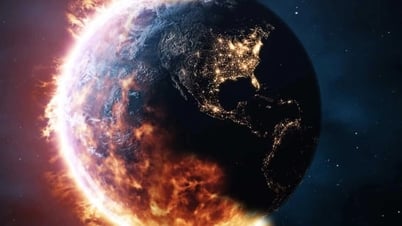
















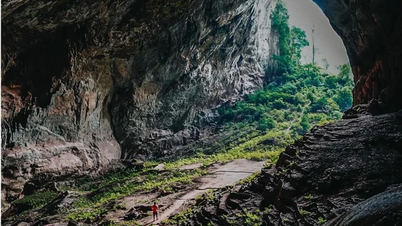




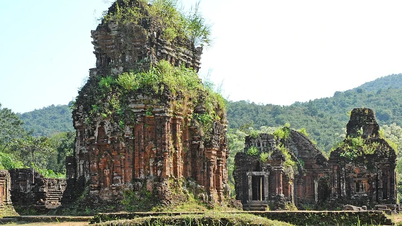



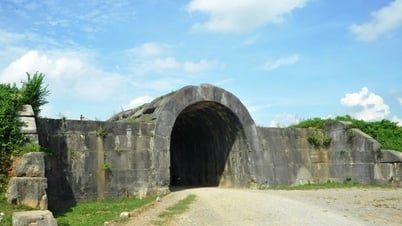











































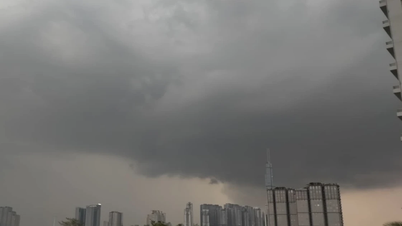






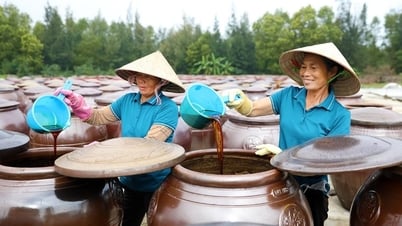






Comment (0)